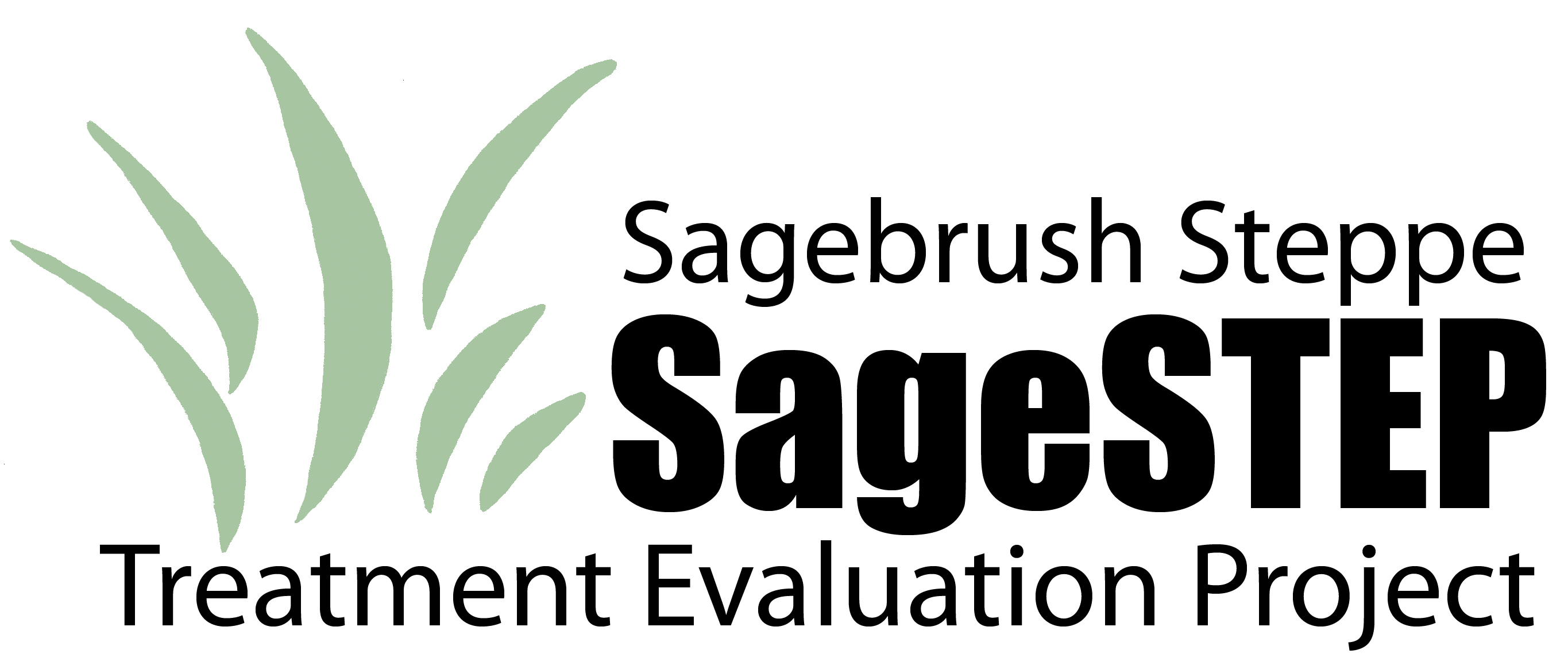Document Type
Report
Publisher
Utah State University
Publication Date
2007
First Page
1
Last Page
21
Abstract
The Great Basin sagebrush steppe ecosystem is among the most imperiled in the U.S. Cheatgrass invasion, conifer encroachment, and catastrophic wildfires are considered to be primary catalysts of decline. Efforts are underway to restore and increase the resiliency of this damaged ecosystem through broad-scale applications of fuel reduction and restoration treatments involving mechanical removal, prescribed fire, and herbicide application. While research points to the potential benefits of these treatments, controversy and challenge often surface when treatments are proposed on public lands. Therefore it is critical for land managers to understand the views held by key stakeholder groups concerning management and restoration of public lands. We interviewed ranchers, environmental activists, Extension educators, multiple-use recreationists, and livestock industry representatives from throughout the Great Basin, as well as public land managers themselves, to gain a better understanding of the concerns citizens have about sagebrush-steppe management and restoration. While we found strong support for the concept of restoration in principle, citizen interviewees expressed concerns about agencies’ capacity to make it happen. Among the issues raised by interviewees were concerns about: levels of available funding, ability to keep pace with increasing wildfire and invasion processes, emphasis on post-disturbance restoration rather than on prevention, interference from political forces both in constituency groups and in Washington, D.C., and agency willingness to incorporate local knowledge into restoration planning. Managers shared many concerns with citizens, but identified different local-level barriers to implementation.
Recommended Citation
Brunson, M. and J. Peterson. 2007. Comparing citizens’ and managers’ concerns about sagebrush management and restoration in the Great Basin. Utah State University, Logan, UT.



